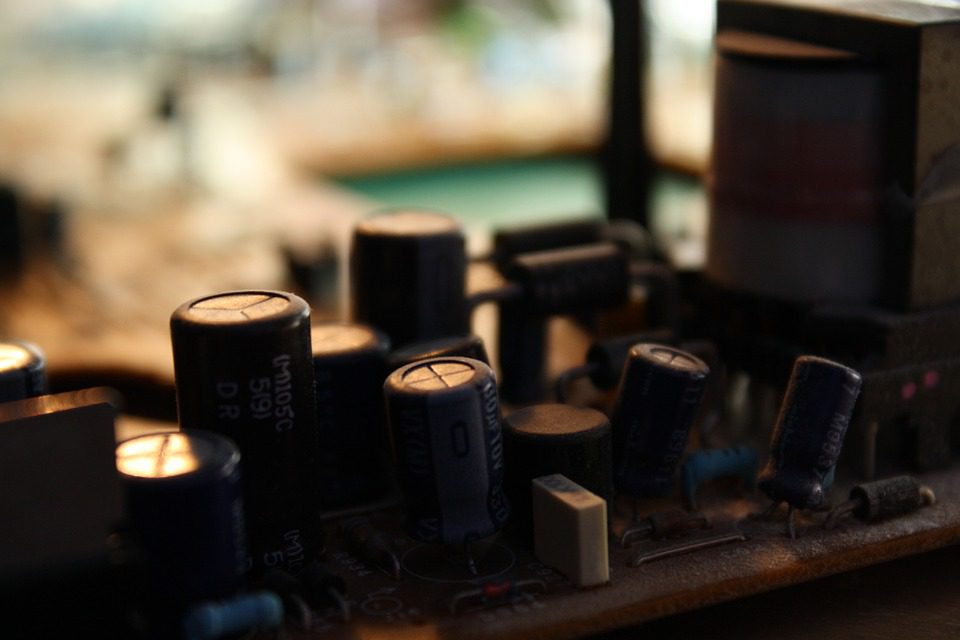A capacitor is a passive electrical component with two terminals used to electrostatically store energy in an electric field. Capacitors have varied uses, but they all contain two electrical plates or conductors separated by a dielectric. The conductors may be thin films of metal, aluminum foil, or disks. The dielectric, which is non-conducting, increases the charge potential of the capacitors. You will find capacitors as parts of electrical circuits in many electronic devices. Instead of dissipating energy like a resistor, a capacitor stores energy as an electrostatic field in between the plates.

(Pixabay / beear)
In electronic circuits, capacitors block direct currents while letting alternating currents pass. They smooth the power output in analog filter networks, tune radios to the desired frequencies when they are used in resonant circuits, and stabilize power flow and voltage when used in electric power transmission systems.
Testing Methods
Before you install a capacitor, you need to make sure that it is functional. Here are some ways to test a capacitor:
- Test with an ohmmeter of a multimeter – Set your multimeter on the ohmmeter setting in order to test your capacitor. Check its resistance by placing the probes on the capacitor’s leads. If you track very low resistance, the capacitor is likely defective. It could also mean that there is a short circuit in the capacitor. A very high resistance reading could also indicate that the capacitor is defective.
- Test with the capacitance setting of a multimeter – First, read the capacitance on the exterior of the capacitor. Measure the capacitance by placing the probes on the leads just as you did with the ohmmeter. You should find capacitance to be close to the exterior reading. If the reading is very low or registers as zero, then the capacitor is defective.
- Test with a voltmeter – You can test the capacitor by charging it up with a voltage, then reading the voltage across its terminals. If it is not charging and there is no voltage, your capacitor is probably defective.
Making sure that your capacitor is working will spare you the trouble of installing it and then removing it later.
